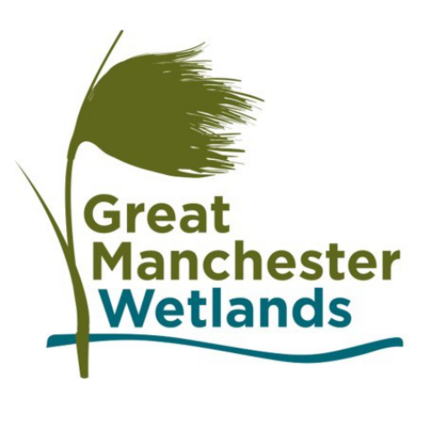The Great Manchester Wetlands Land Managers’ Group connects farmers and land managers across the Great Manchester Wetlands, providing opportunities for knowledge sharing and exchange. Through the support of the Countryside Stewardship Facilitation Fund, the group has delivered workshops, training, visits and demonstrations focused on supporting willow tit, lowland raised bog and fen habitats, and improving water management, including water quality and natural flood risk management.
Members include farmers, a local co-operative grocer, a large land owner, Natural England and Wigan Council, all involved in different ways in managing the area’s land for a range of outcomes and purposes.
Recently, members of the group gathered at a member’s farm for a brew, discussing what has been achieved over the last three years.


